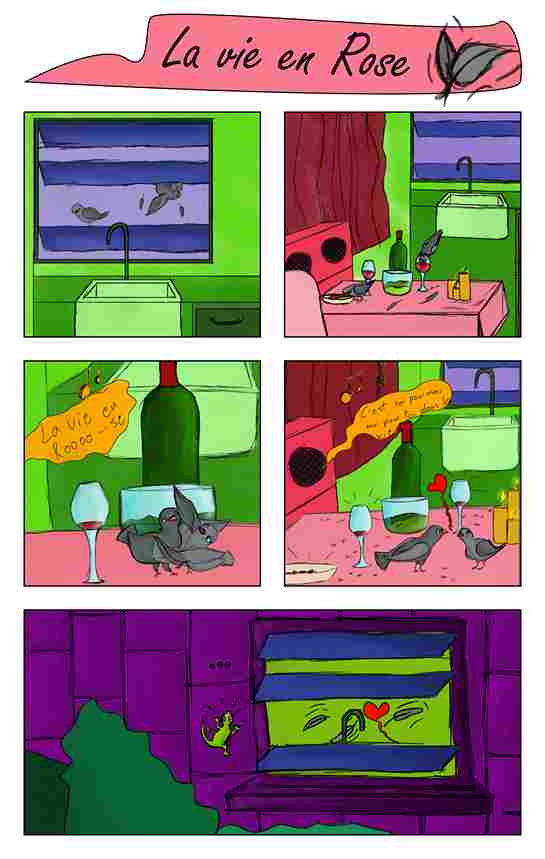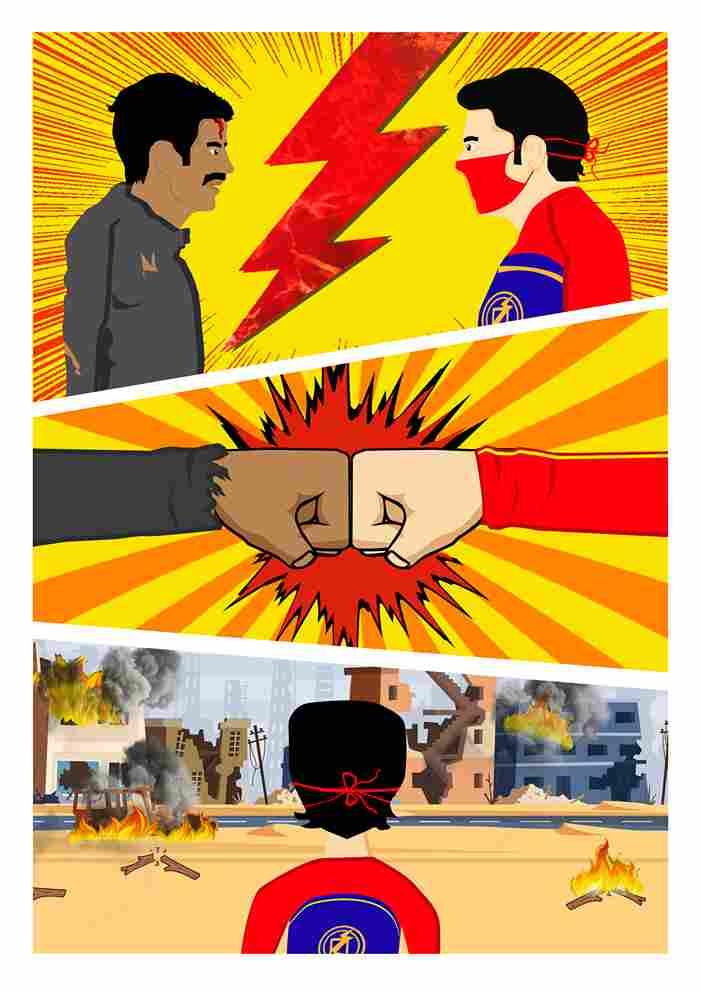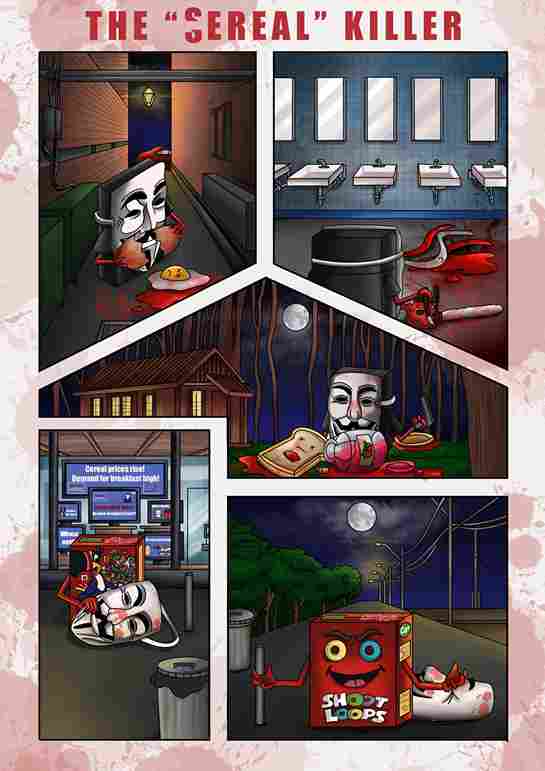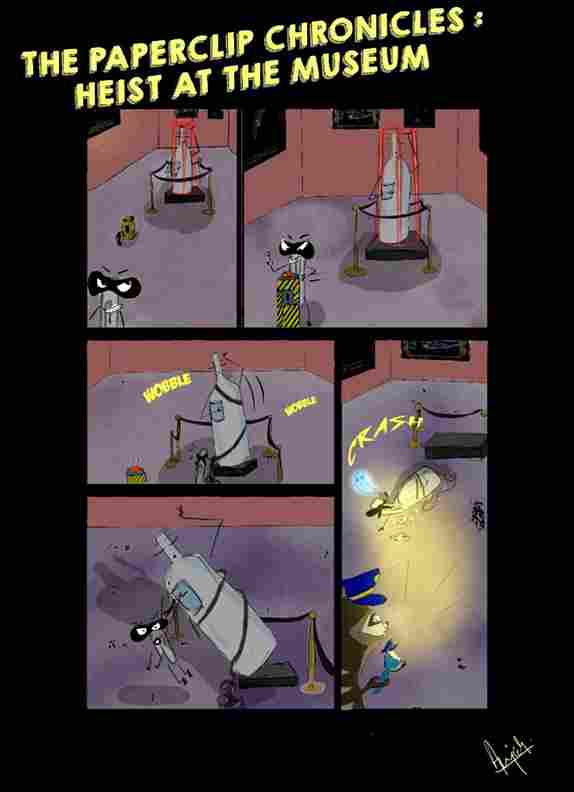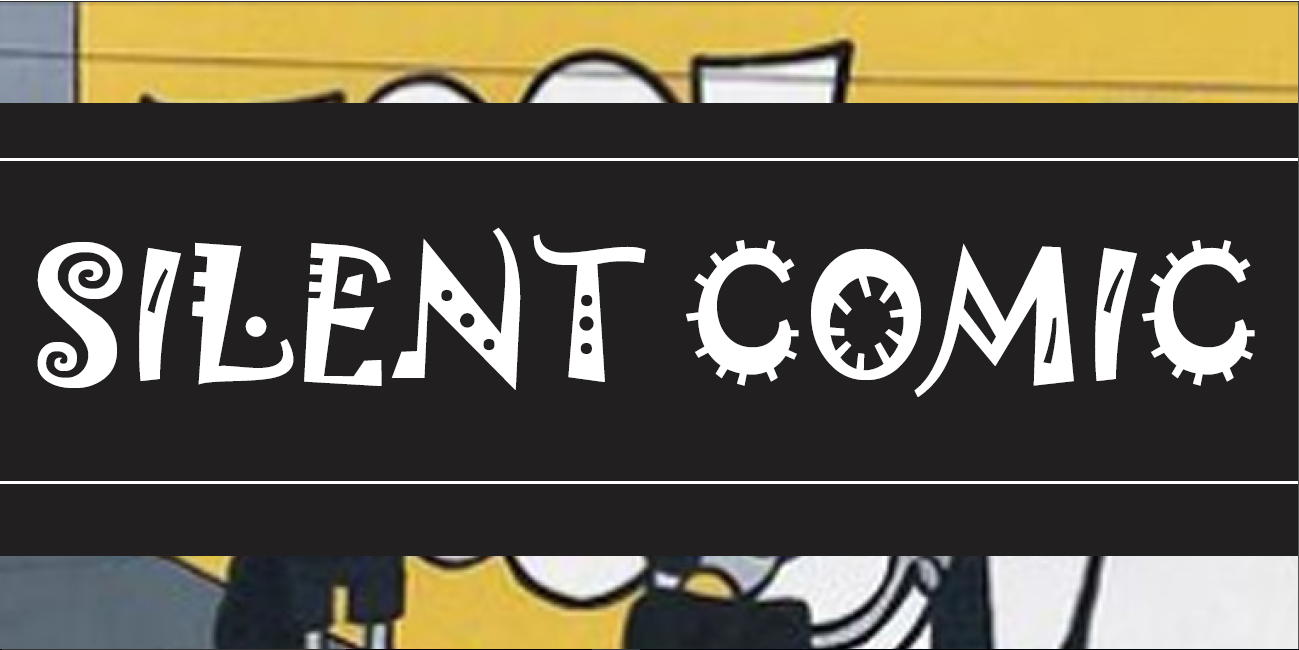
Silent comics – Visual Thinking Workshop
For newcomers, one of the great mysteries of design is how ideas get created in the first place. The truth is, amazing ideas usually evolve from pretty much anything around you…mundane objects, nature, words, people, vegetables, fruits, birds, animals etc. The trick lies in the way we look at them, take inspiration and explore possibilities. This workshop explores idea generation to create a silent comic strip, without any dialogues. The objective of the workshop was to help students develop observation skills, explore idea generation techniques, develop visual thinking, and develop storytelling techniques. Developing silent comics also helps in developing better visual communication skills sans textual information.
During this workshop, students designed a character from their own imagination and they developed a story around that character. Later they were supposed to create a storyboard to get a brief idea for the visuals and the layout of their comic strip. Finally, they created a short silent comic.
WHAT IS A SILENT COMIC ?
Silent comics, also known as wordless comics, are comics without text in captions or word balloons. Silent comics are not strictly silent, because they often include sound effects in various forms such as pictographs in word balloons. One could say that silent comics are soundless in the same way that silent film is soundless, namely that while they do not include verbal dialogue, they show or imply sound in numerous ways because the worlds they represent are not silent. This is why “wordless comics” is an alternative term for silent comics. However, just as silent comics are not silent wordless comics are frequently not completely wordless: silent comics will regularly include words that are part of the image— in the form of newspaper headlines, street signs, and advertising billboards (labeled iconotext by Peter Wagner (1997), and intraiconic texts by Nikolajeva and Scott).
Take Away:
At the end of the workshop, you will be able to –
– Have basic understanding of converting abstract ideas in to visuals
– Apply elements and principles of design in visual communication
– Understand the concepts of idea generation
– Use a combination of art/illustration and text for effective visual communication
– Explore manual and digital design techniques and processes
– Understand story development
If you care to learn further about how workshops are structured at LISAA School of Design, please click below to get in touch with our team.

